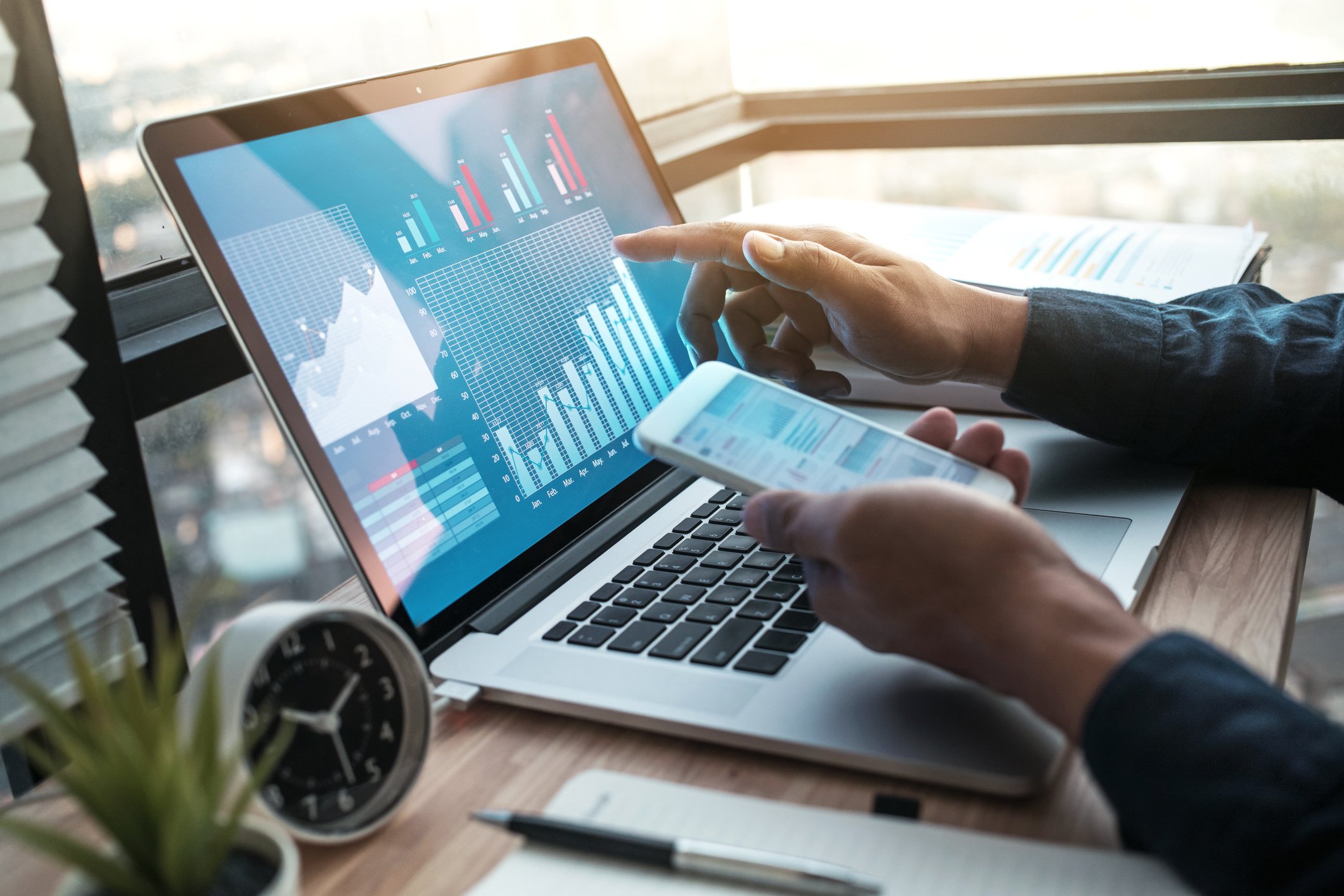eBay (EBAY 3.16%) is spinning off PayPal, its payments processing platform, into a publicly traded company. eBay Marketplaces President Devin Wenig will replace John Donahoe as eBay's CEO, while PayPal President Dan Schulman will become CEO of the independent PayPal.
PayPal, which eBay acquired in 2002, evolved from eBay's payment platform into an online payment platform for third-party websites, businesses, and individuals. The company has installed payment kiosks and Bluetooth beacons in brick-and-mortar stores, issued physical cards, and launched card-swiping dongles for smartphones. eBay also recently acquired Braintree to integrate its One Touch payment system, which eliminates the need for passwords, into PayPal's mobile app.

Source: Wikimedia Commons
Last year, PayPal's revenue climbed 19% year over year to $6.63 billion, accounting for 41% of eBay's top line. That outpaced the 12% revenue growth at eBay's Marketplace division, which accounted for 52% of the company's top line. That gap widened last quarter -- PayPal's revenue rose 20%, but eBay's Marketplace only climbed 9%. Speaking to Fortune, John Donahoe noted that although eBay's Marketplace accounts for over 30% of PayPal's annual revenue, he expects that figure to decline to 15% within three years.
Those widening gaps prompted many investors, including Carl Icahn, to suggest that eBay spin off PayPal into a new company. Now that those wishes have come true, it's time to discuss the three main challenges PayPal will face on its own.
Apple Pay
Apple (AAPL 1.04%) is the biggest near-term challenge for PayPal. Apple Pay, which arrived with the iPhone 6, simplifies NFC (near field communications) payments with several notable improvements.
Apple's Touch ID eliminates the need for PIN codes, which PayPal is addressing with the Braintree acquisition. Apple also recently reached an agreement with Softcard (an NFC payments partnership between AT&T, Verizon, and T-Mobile) to allow Apple Pay on their iPhones. This was a stunning breakthrough, since Softcard previously banned Google Wallet, which it viewed as a major competitor.
Apple also signed agreements with Visa, MasterCard, and American Express to integrate their cards into the Passbook app. Last but not least, the company announced that Apple Pay would be accepted at over 200,000 merchants.

Apple Pay. Source: Apple
When we consider that Apple controls 42.4% (comScore) of the U.S. smartphone market, has over 800 million iTunes users, and sold 10 million iPhone 6 and 6 Plus units within their first three days on the market, we can see how easily Apple can push PayPal out of brick-and-mortar stores and retailers' mobile apps.
NFC vs Bluetooth
That leads into PayPal's second major problem -- its unwavering support for BLE (Bluetooth low-energy) beacons as a mobile payments standard. Cheaper NFC tags require a tap at the register, while pricier BLE beacons allow customers to check in and pay wirelessly through an app.
Under former president David Marcus, PayPal repeatedly refused to take NFC seriously, even as market figures strongly suggested that it should. Research firm Berg Insight previously estimated that between 2011 and 2012, the number of NFC terminals sold doubled to 3.9 million units, while the total number of NFC smartphones surged 300%. PayPal dabbled with limited NFC support to its Android app back in 2011, but it hasn't announced similar plans for the iPhone 6.
But even if PayPal eventually adds NFC support to iOS devices, it could be completely overshadowed by Apple Pay's strong support from credit card companies and retailers. To make matters worse, Apple has a BLE beacon system of its own, iBeacon, which could easily render PayPal's BLE efforts obsolete when combined with Apple Pay.
Square and Amazon
PayPal processed $180 billion in payments, but only $27 billion came from mobile platforms. That means its mobile business actually isn't that much bigger than rival Square, which processed $20 billion in mobile payments in 2013.
Square is a threat because it's fast and innovative -- it added the Reader dongle to smartphones to process credit cards, introduced Card Case to link cards to mobile devices, then converted iPads into full-featured cash registers. PayPal has always been a step behind Square in introducing these products. For example, the Square Reader arrived in 2010, while PayPal introduced its rival dongle two years later. Square Register arrived in 2012, but PayPal didn't respond with Cash for Registers until a year later.
Amazon (AMZN +0.40%) also recently launched a card-swiping dongle and other peripherals which help merchants set up their own cheap POS (point of sale) systems. The system, known as Local Register, respectively undercuts PayPal and Square's swipe fees of 2.7% and 2.75%. Amazon is currently offering a promotional rate of 1.75% per card swipe until Jan. 1, 2016, after which the rate will rise to 2.5%.
Therefore, to compete effectively against Square and Amazon in brick-and-mortar retailers, PayPal must react faster to technological shifts with new products and lower its swipe fees -- which could both dent its margins.
A Foolish final word
PayPal still posts impressive revenue growth today, but it faces major disruptive threats.
Apple Pay on iPhones and Apple Watches could wipe out nearly half of PayPal's presence in the U.S., Square is launching better payment technologies at a faster rate, and Amazon is undercutting everyone with lower swipe fees. Investors should consider these factors carefully before buying shares when the company goes public.








